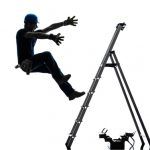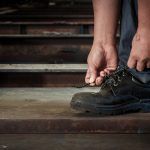
Arborist & Tree Trimming Safety
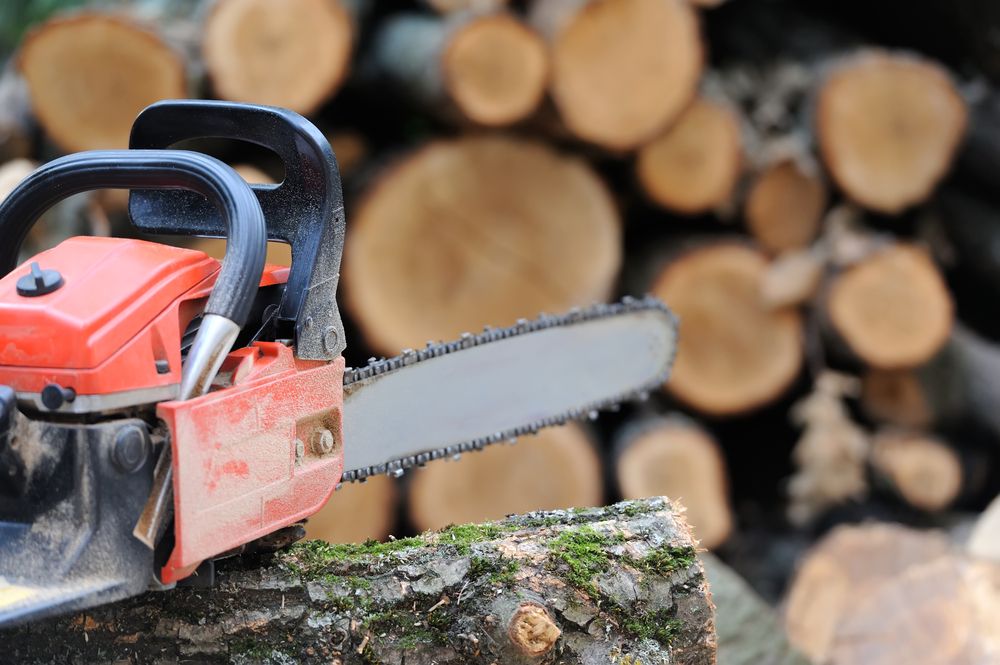
Arborists, tree trimmers, loggers, and lumberjacks are recognized as having the world’s most dangerous profession. Tree care workers deal with an array of hazardous workplace conditions such as electrical wires, chemicals, dizzying heights, falling tree limbs, slippery conditions, and sharp equipment.
Unsurprisingly, Arborists suffer 23,000 chainsaw injuries and account for 80 worker deaths a year in North America.
Arborist Safety Tips
To curb this high injury and mortality rate, Arborist Safety Work Practices (ASWP) have been implemented.
Use the Necessary Safety Gear
To safely pursue a career in tree trimming, Arborist must become expert tree trimmers, but firstly, expert tree climbers as well.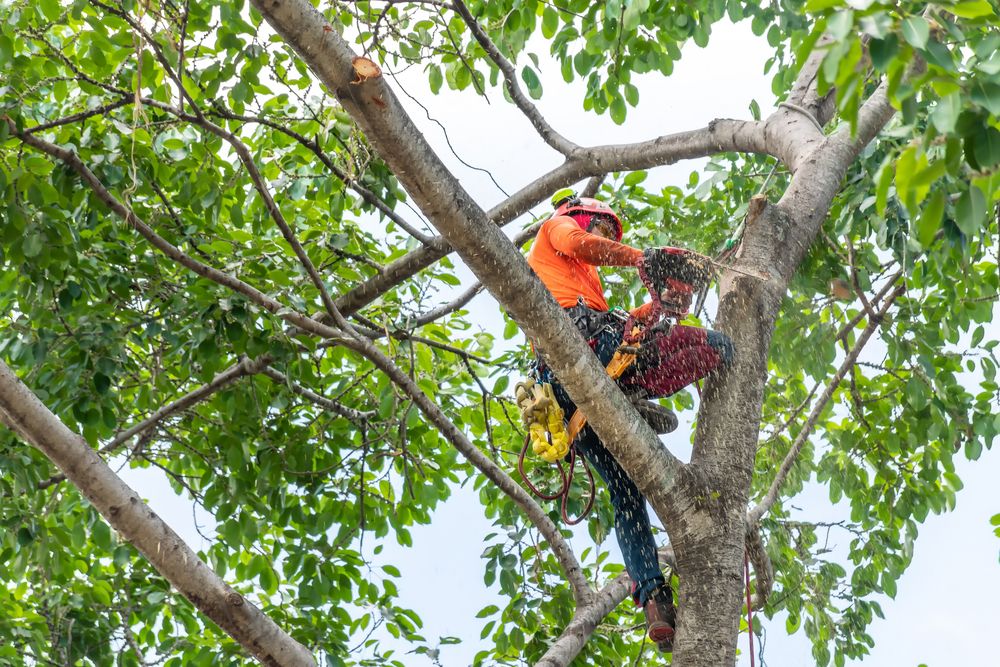
Tree climbing safety begins with the following tree climbing safety equipment:
A Hard Hat – protection against falling tree limbs and debris.
Tree Climbing Harnesses & Saddles – for securing a person to a rope or anchor point.
Climbing Ropes – Primarily used for protecting a climber in case of a fall. These ropes are designed to stretch, reducing the maximum impact a climber and their belayer experience during a fall.
Tree Climbing/Chainsaw Boots – These hybrid boots have excellent grip and are lightweight for assisting climbing and anchoring an Arborist’s position. They are also durable enough to offer protection against chainsaws and other sharp equipment.
Tree Climbing Spikes – also called spurs, hooks, or irons, tree climbing spikes are attachments that fit onto your climbing boots. Commonly made from leather and iron, they give a climber “claw” like support for climbing and anchoring to trees.
Tree Climbing Lanyards – these are short pieces of rope or cord used for temporarily holding a climber in place or to assist in climbing over short distances.
Flip Lines – much like lanyards, flip lines are used for ascending trees vertically. However, flip lines are made by braiding arborist rope over steel wire cable. This allows for sturdiness and supporting heavier loads.
Carabiners & Rope Clips – these are reinforced locking mechanisms used by climbers for securing all types of equipment and securing ropes into sections on trees.
A Ladder – used primarily on short trees or for ascending the first stage of a tree.
Do a Complete Assessment Before You Begin
No tree is identical to another. A pre-work assessment will help highlight any potential hazards, offer insight into strategy and the correct gear to use.
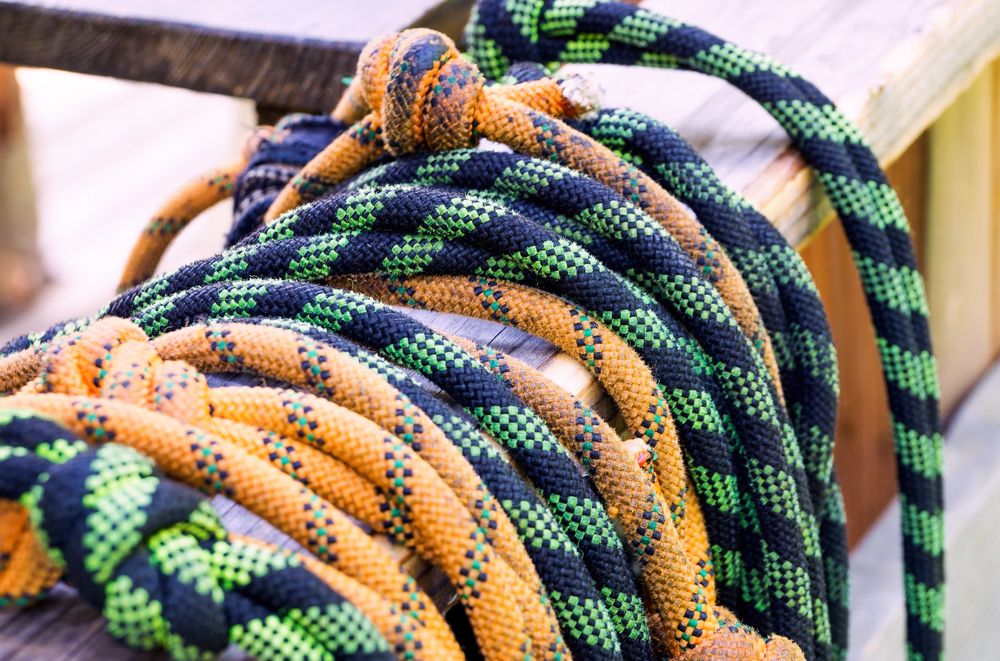 Use Bright Rope Colours
Use Bright Rope Colours
Ropes are the most important aspect of arborist safety. If a rope fails or is accidentally cut, it can result in damage to equipment, injury, or even death for a climber. Use brightly coloured ropes that contrast with the colour of the trees to avoid ropes blending in with the tree and foliage.
Check for Weak Branches Before You Climb
Although you may have done an assessment before beginning, it is important to check the integrity of each branch as you climb. One wrong assessment can lead to accidents.
Avoid Power Lines
Whether live or down, power lines can seriously injure or kill workers. Try and keep as much distance between yourself and power lines as possible. Avoid using any tools or equipment that conduct electricity near power lines.
Never Work Alone
Probably the most important tip you should remember, always work in pairs or more. Arborists should be trained in first aid and can assist each other if any issues should arise.
Advanced Consulting & Training – Workplace Safety Training
At Advanced Consulting & Training, we are proud to offer a variety of workplace safety training programs for workplaces across the Ottawa area.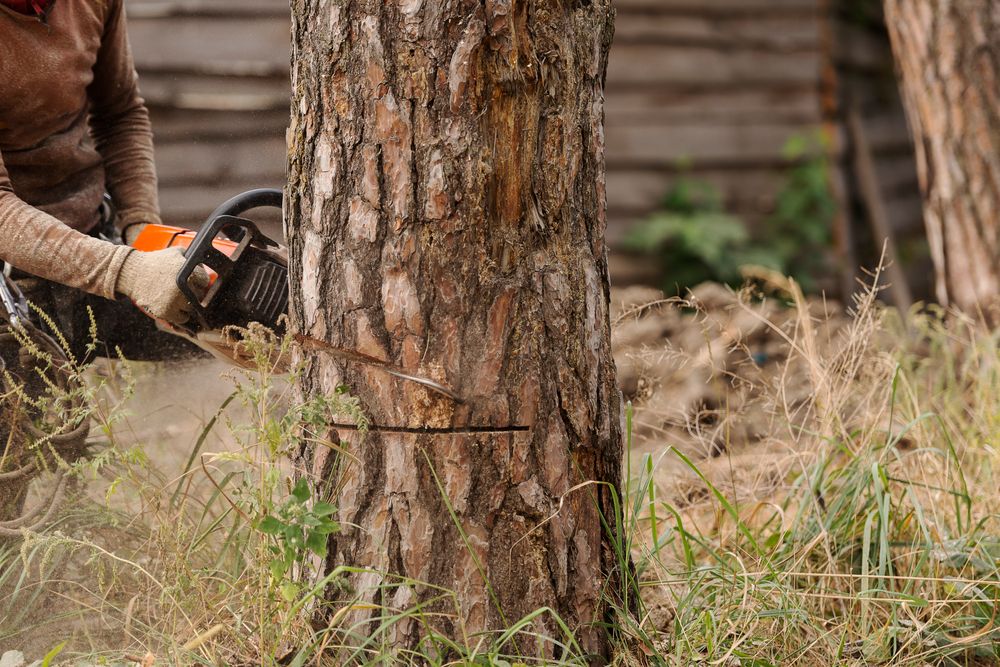
One aspect of our mission is to help employers and employees create a safer workplace for all. For arborists, we offer working at heights training, fall protection training and more.
If you have any questions about how to get started with Advanced Consulting & Training, contact our team today!



